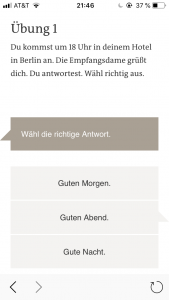CAT (cute abbreviation!) stands for Computer-Assisted Translation and works either in-browser or as downloaded software to assist translators in translating. I investigated three different recommended CAT tools to see how they worked, and if they would be useful for (longer) translation projects Reedies might do! All three are completely free to use, but have paid features as well.
Continue reading “Meow? CAT Tools for the Translator”Easy Languages: Something for everyone!
Easy Languages is a YouTube channel, a resource, and most importantly a community for language speakers and learners all across the globe. From Swahili to Arabic to Russian to Esperanto and Greek and Spanish, Kazakh, Turkish and many more, the scale of resources available for language learners is immense! They describe themselves as so:
“We are a non-profit project aiming to help people learn languages through authentic street interviews. Our videos show local language and culture in natural, everyday situations – something you can’t find in regular media. Each episode has a specific topic and is produced in one of our many partner countries around the world – Mexico, France, Vietnam, Russia, Egypt, to name but a few. We add subtitles in both the local language and English so that regardless of your level, you will be able to hear, read and “see” the language in its local habitat.”
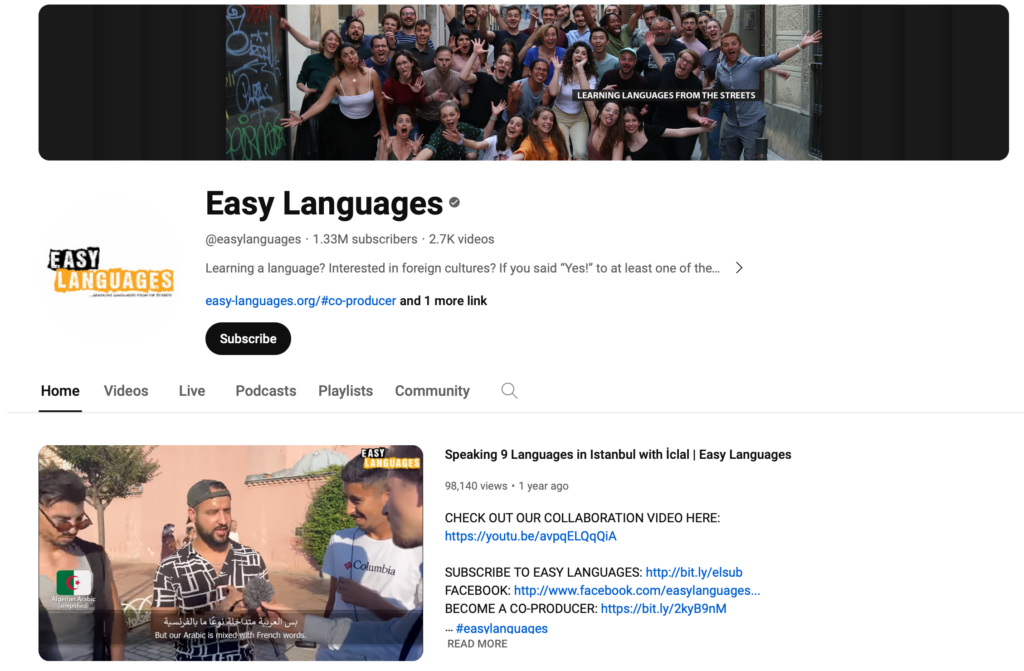
Easy Languages also cover regional and dialectical differences, and are updating their channels all the time with new languages, locations, and people! Below I have linked only the channels corresponding to languages taught at Reed, but you should check out their website whether the language you’re learning is offered at Reed or not: chances are they’ll have it!
So what do you think? Would you be interested in a Reed College version? Stay tuned…
Beginner Arabic Youtube
Are you beginning to learn Arabic and in need of some fun and easy media to help boost your vocabulary? Look no further… !يالله
- All About Me
Tareq and Shireen are learning how to be kind and considerate friends! Tune in if you’re looking to fill your vocabulary with wholesome terms about friendship and sharing.
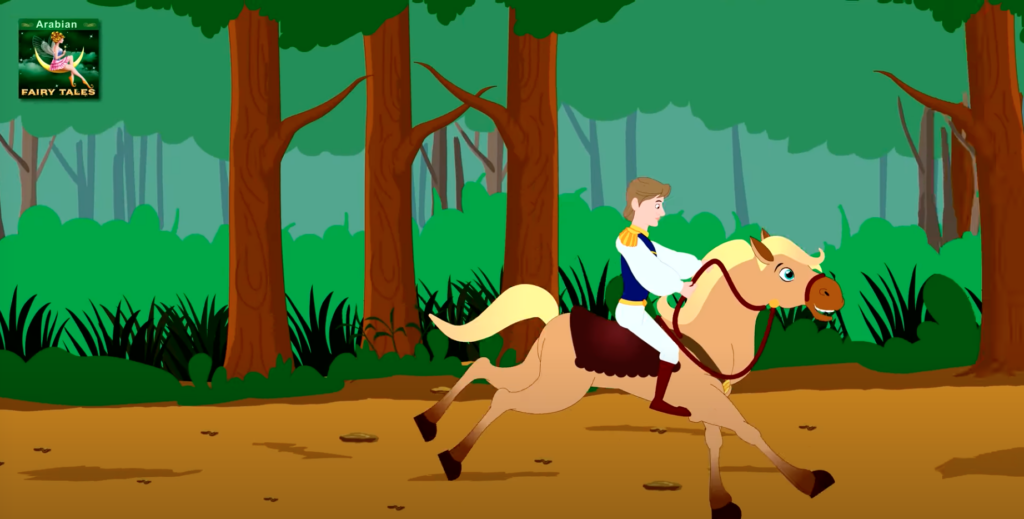
Arabic retellings of classic fairytales using simple language and helpful subtitles.
3. Totally Spies! Arabic
Subtitled episodes of Totally Spies! dubbed in Arabic! Ideal if you need something more sophisticated than fairytales.
4. Obayd Fox
Obayd Fox is a British Youtuber living in Saudi Arabia. As a fellow Arabic learner (albeit an advanced one), he tends to speak slightly more slowly than a native, and he usually uses الفصه 🙂
5. Learn Arabic with Khasu
Khasu is also an Arabic learner and a very talented teacher. His channel includes roleplays, skits, vocab lessons, and breakdowns of grammatical concepts.
Language Bias in Artificial Intelligence: And What’s Being Done
Curious about how English bias in AI is being combated? This Vox video goes through a number of international projects to create open-source multi-language models.
What is the future of AI in language learning?

The age of artificial intelligence (AI) has brought about a new era of technological advancements to the world, and the impact of AI on language learning is no exception. AI is already being used in language learning applications and programs, and the future of AI in language learning looks even brighter. In this article, we will explore the current state of AI in language learning, the potential future of AI in language learning, and the potential benefits and challenges that AI can bring to this field.
Continue reading “What is the future of AI in language learning?”A Semester of HTML
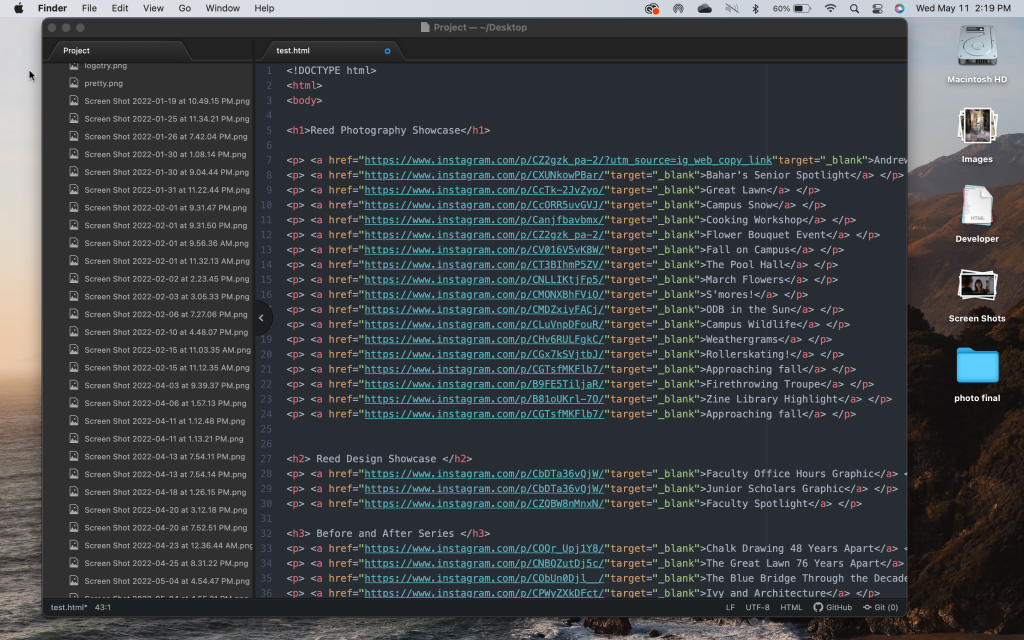
Have you ever wanted to learn code? There are an abundance of languages to learn: Python, Javascript, C++, the list goes on. Two years ago as a semester project, I tried to learn Python on my own. Unsurprisingly, I was unsuccessful. Learning a coding language requires a lot of discipline, time, and intense focus. In a class taught by a professor, these factors are mostly taken care of by assignments, class time, and deadlines. It’s hard to pressure yourself to put the time in to properly learn a language.
Continue reading “A Semester of HTML”Microsoft OneNote: An Answer to Online Note-taking Woes

Pre-COVID, I would’ve never considered taking notes digitally—I’ve been told, time and time again, that physically taking notes helps you remember your content better. However, Zoom classes led to a change of heart. I realized, like many others, the advantage of having notes up on your computer while on a Zoom call. I’ve come to realize many other advantages to online note-taking: easier organization (and reorganization), more layout and design freedom, and—my favorite— command F capabilities.
The software one uses for note-taking is also essential. I started out using the built-in Apple Notes app but quickly realized the limited capability. The only variability in text allowed is a pre-set list of five options: title, heading, subheading, body, and monospaced. Users can also bold, italicize, or underline. Past that, there are no further options.
So, I went in search of a better alternative. My favorite: Microsoft OneNote (free for college students with the Microsoft Office Interface).
Continue reading “Microsoft OneNote: An Answer to Online Note-taking Woes”Crowdsourcing Ed-Tech Resources for Higher Education

Speculating on how COVID-19 will shape the future of higher education, Mousumi Mukherjee, an Associate Professor and Deputy Director for the International Institute for Higher Education Research and Capacity Building, asks, “When we have failed to build respectful and inclusive on-campus teaching and learning environments to build societies, how can we do it online?”
The challenges educational institutions are currently forced to grapple with illuminate existing difficulties that arise from stark disparities. Consequently, Mukherjee emphasizes that solely relying on digital alternatives to resolve the current educational crisis is inadequate. However, educators and scholars speculate on whether the recent turn to ed-tech platforms represents a “watershed moment,” foreshadowing a long-term educational innovation, or whether it functions as an unsustainable stopgap to long unaddressed issues.
Regardless of what the future holds, institutions and schools struggle to find suitable and equitable solutions to manage the present crisis. Below, I provide an overview of crowdsourced resources that educational technology platforms, strategies, and resources that higher education institutions have adopted in the transition to online education and distance learning.
Continue reading “Crowdsourcing Ed-Tech Resources for Higher Education”The Bell Jar, as Read by Voyant
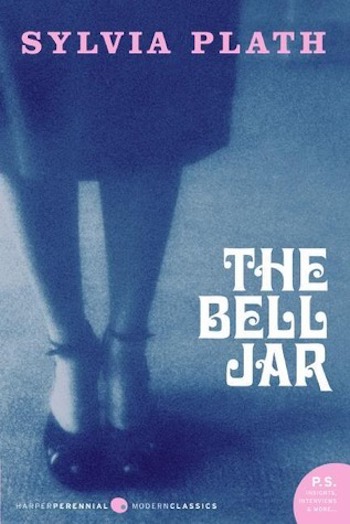
Voyant is a web-based text analysis tool that summarizes and visualizes multiple trends and patterns in a text entered by users. I passed the entire corpus of the 1961 novel, The Bell Jar, by Sylvia Plath into Voyant tosee what would happen. The results were telling of both the strength and limits off educational technology tools built on the potential of machine learning.

While Voyant provides many visualizations of its results, the majority of its tools seems to build on the analysis of the most frequently occurring words in the text. As I explored Voyant’s analysis of The Bell Jar, it occurred to me that using word frequency as the sole analytical foundation of reading text is a particularly narrow interpretive lens. Moreover, it does not come near to capturing the scope, depth, or arc of the book. Nevertheless, I was surprised at how much more the results could actually reflect about a work’s central themes, characters, and motifs and its capacity to serve as a helpful supplement to the reader and user’s more nuanced and personal interpretation.

The figure above maps the frequencies of the most common words in the text across the entire novel. I was especially struck by the appearance of characters that were particularly meaningful to the main character, Esther. Moreover, the fluctuating frequencies of the characters’ mentions are particularly insightful indicators of how and when these characters were meaningful in Esther’s perception and narrative. For example, the light blue trend traces the consistent mention of “doctor,” and corresponds to Esther’s constant wrestling with her mental health and various treatments. The spike in the “doctor” mentions represents Esther finally finding some safety and sense of recovery in the psychiatric institution in the last moments of the book. The fluctuations in the mention of “Buddy,” her former love interest, are also particularly interesting in allowing me, as the user and reader, to identify, and further reflect on, moments when he haunted her thoughts or self-perception and moments when his irrelevance may have indicated something else about her sense of healing or growth. The word frequency of “thought” also guided me towards thinking about how the majority of the novel is narrated through self-introspection and the way in which that served as a mode of storytelling.
In a way, the limitations of the word frequency trends and relationships visualized by Voyant also facilitate and emphasize the software’s potential for enabling the analytical process of its users. Given diverse visualizations of a limited word-frequency analysis, I was compelled to use the visualizations to think more creatively about the content before me and trace these ideas through specific points in the text.
Deutsche Welle App
The Deutsche Welle App is an excellent place to start if you’re looking for a German grammar review, or to improve your German skills on the go.
Start with an “Einstufungstest” (placement test) to figure out which level you’re in. Deutsche Welle features A1, A2, and B1 exercises, that is, from beginner to intermediate. Each placement test features 30 questions. 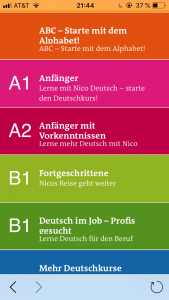
The “Übungen” (exercises) in the placement test can also be found in the “Alle Kurse” (all courses) section. These are divided into levels, beginner through intermediate, and contain exercises focusing on grammatical concepts.
The Deutsche Welle App also features an overview of grammar, including verbs, adjective endings, and cases. These short summaries are similar to what you’d find in a German 100 or 200-level textbook, and are divided into bite-sized pieces.
The grammar review section (Grammatikübersicht) gives clear, short descriptions of the grammatical concepts. Although they aren’t as thorough as college textbooks, they are useful for reviewing.
Have fun learning!
